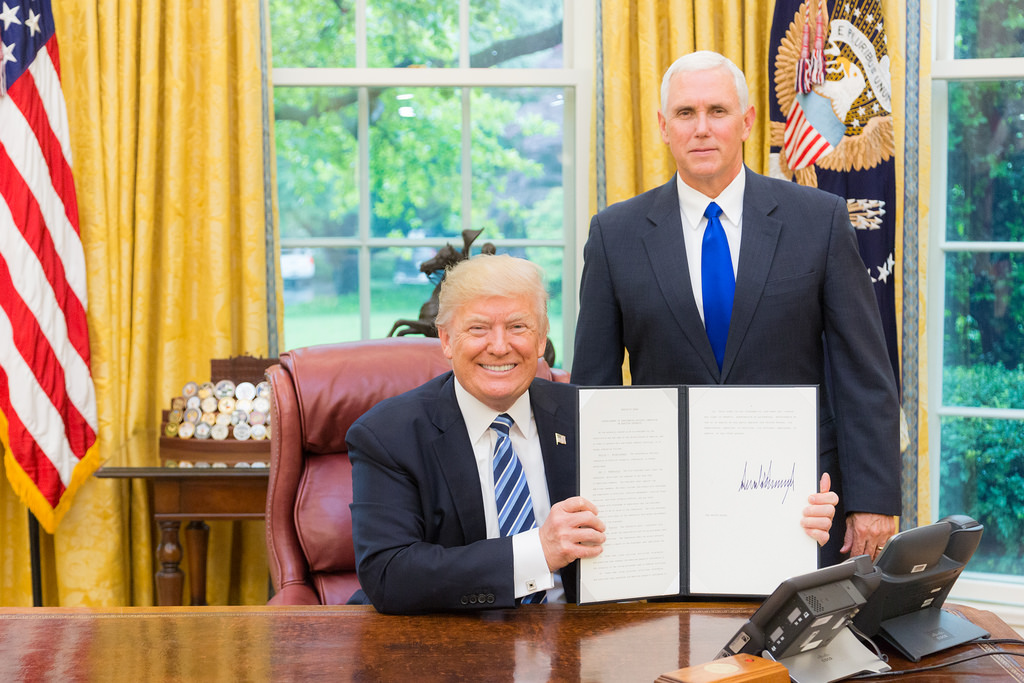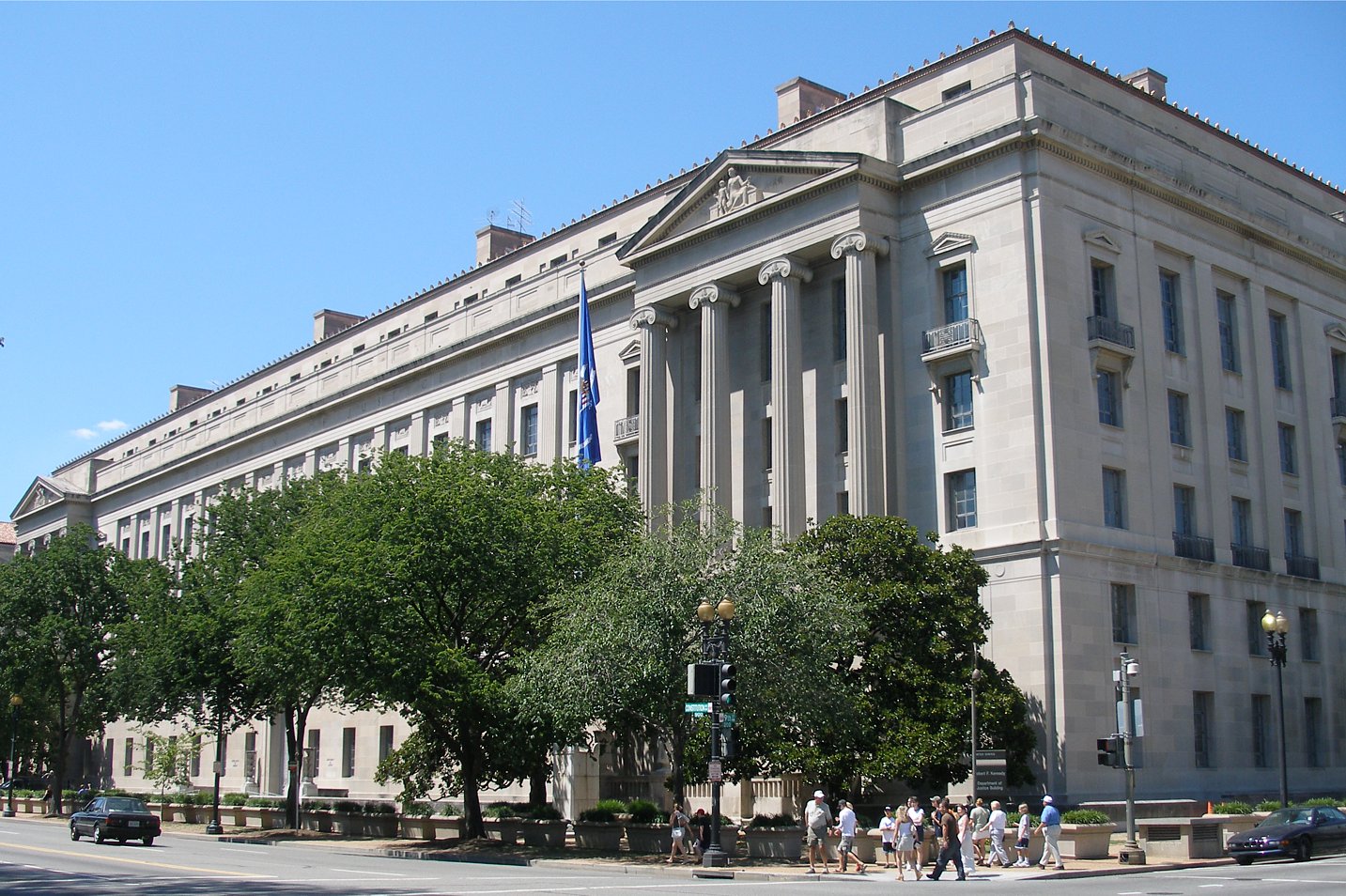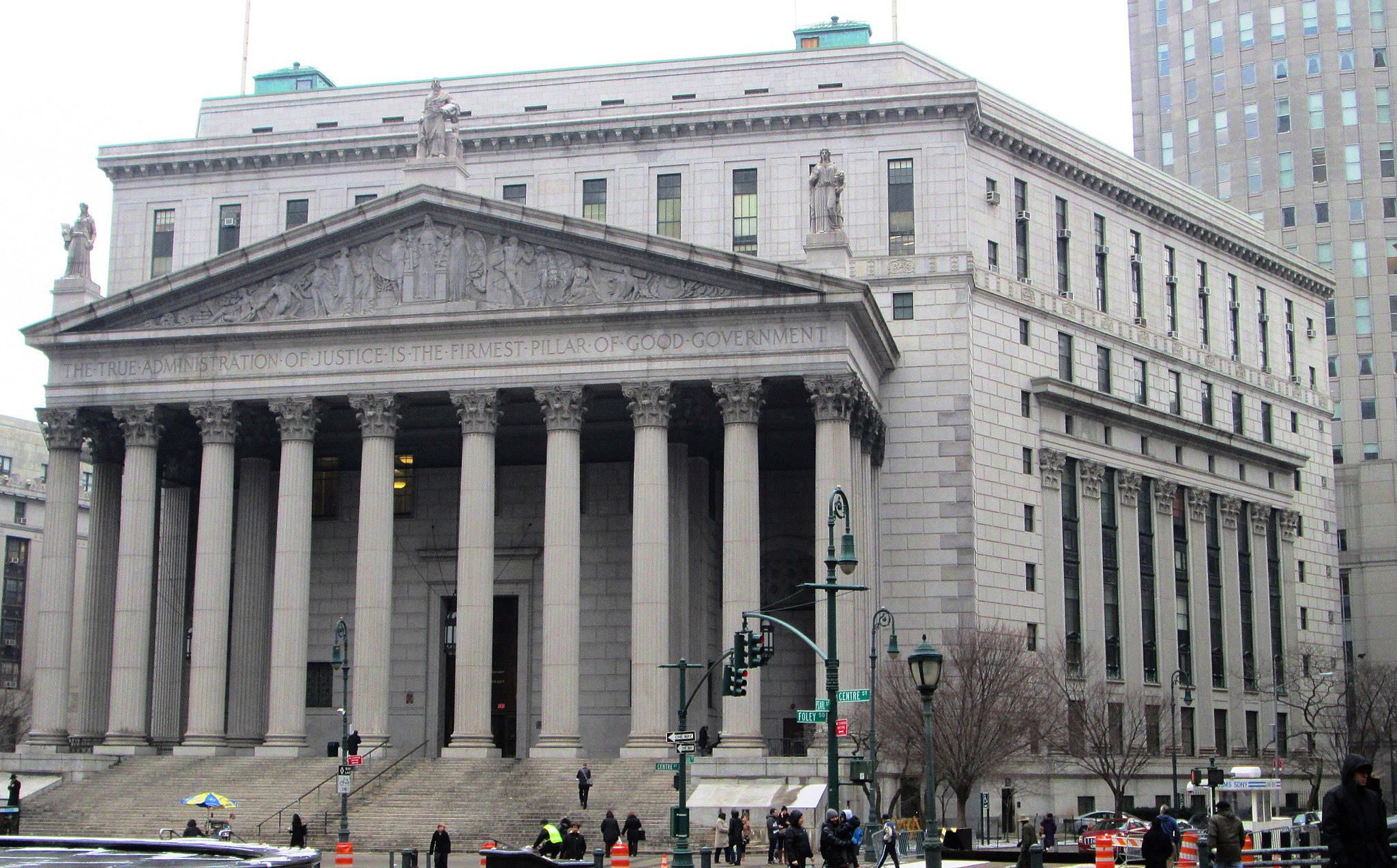What’s In Trump’s Executive Order on Separating Migrant Families—And What It Is Missing
Amid growing political pressure, the president issued an executive order Wednesday addressing his administration’s policy of separating migrant children and parents at the U.S. border. The order is fewer than 800 words, but it does little to resolve the chaos generated by the family separation policy.

Published by The Lawfare Institute
in Cooperation With

Amid growing political pressure, the president issued an executive order Wednesday addressing his administration’s policy of separating migrant children and parents at the U.S. border. The order is fewer than 800 words, but it does little to resolve the chaos generated by the family separation policy.
The order opens by declaring that “it is the policy of this Administration to rigorously enforce our immigration laws” while “maintain[ing] family unity, including by detaining alien families together where appropriate and consistent with law and available resources.”
The order requires the Department of Homeland Security (DHS) to, “by the extent permitted by law and subject to the availability of appropriations,” hold in custody families, or members of families, who face pending criminal charges for illegal entry or other immigration proceedings—that is, both criminal and administrative proceedings. This is a change from the administration’s previous policy, under which adults being prosecuted for illegal entry were held separate from minors with whom they may have entered. The order provides, however, that DHS may separate families when “there is a concern that detention of a child with the child's alien parent would post a risk to the child’s welfare.”
All heads of executive departments and agencies must make available to DHS any facilities that could be used to house and care for families pending immigration proceedings. The Defense Department is specifically directed to construct any facilities that may be necessary toward that end “if necessary and consistent with law.”
The order has two additional provisions regarding the Justice Department. It orders the attorney general to prioritize the handling of cases involving families. It also directs the attorney general to seek to modify a 21-year-old settlement agreement that stipulates that the government cannot hold minors in immigration detention for more than 20 days. The Trump administration has pointed to that agreement—called the “Flores settlement” after Flores v. Reno, the case in which it was reached—as the reason it has said it must separate children from their parents. To achieve its goal of prosecuting all illegal-entry cases, the government must hold parents in detention—but Flores bars the government from holding children under such circumstances for long periods of time. The order directs Attorney General Jeff Sessions to “promptly” request that Judge Dolly Gee, the federal judge in the U.S. District Court for the Central District of California who oversees the Flores settlement, modify the agreement to allow for extended detention of children with their parents “throughout the pendency of criminal proceedings for improper entry or any removal or other immigration proceedings.”
It is not clear what will happen if the administration is unable to secure an amendment to the Flores agreement. In a media call after the order was released, senior Justice Department official Gene Hamilton suggested that, absent new authority from a federal judge to detain children for longer than is currently allowed, the practice of separating families may resume at the 20-day mark. Hamilton also voiced support for legislation that would allow for prolonged detention of children alongside their parents.
Meanwhile, the order says nothing about reuniting the more than 2,300 children who have already been separated from their parents. While a Department of Health and Human Services official initially stated that the department is not to apply the executive order to children currently in HHS custody, a statement released later Wednesday said that HHS that it is “awaiting guidance on the matter.”
In the meantime, the administration faces ongoing legal challenges. The ACLU is seeking a class-action lawsuit to halt the separation of children and families without good cause; a status conference is scheduled for Thursday in light of the executive order. And two lawsuits have been filed in the U.S. District Court for the District of Columbia—one on behalf of a mother from Guatemala released from custody but not yet reunited with her son, and one on behalf of three migrant parents separated from their children in detention. Whatever the administration hoped to achieve with its order, the legal knot that President Trump’s immigration enforcement policy created is far from untangled.




